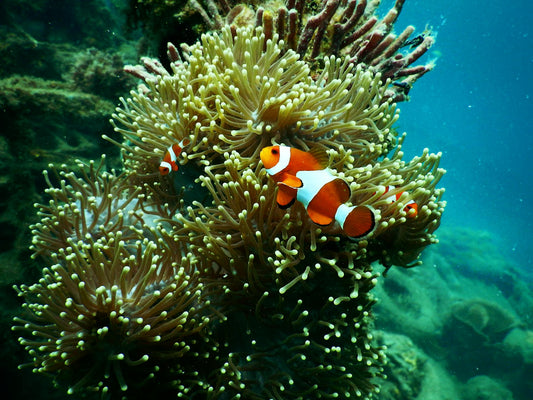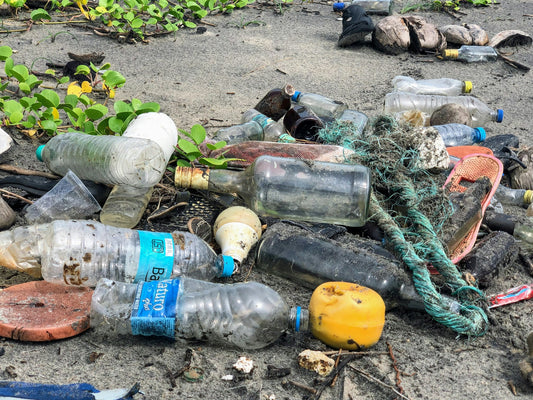Share
When Invisible Litter Gets Up Close and Personal: Remember those tiny Russian Dolls that keep popping out one after the other? Well, humans have been unwittingly playing the same game – but with plastic. Here's the twist, folks: as we've been busy panicking about microplastics, science has turned up the dial on the dread with the discovery of nanoplastics. Yes, you heard that right, smaller than micro. Don't we just excel at layers of self-destruction!
Nanoplastics: Present and Accounted For: Researchers from the Graz University of Technology, along with the start-up BRAVE Analytics, have hit upon an ingenious method to detect and measure nanoplastics in transparent body fluids – essentially, getting the lowdown on the extremely low-down. Nanoplastics enter the human body via a VIP pass: our food, or the very air we breathe. While our body kicks out a respectable chunk of the pesky intruders, some fancy themselves as squatters, setting up camp in organs, blood, and other body fluids.
The team from Graz paired their powers with an ophthalmologist from the same city to see if nanoplastics have been sneaking into eye-care realms. Turns out they might have, with the researchers examining whether intraocular lenses release these stealth troublemakers.
Setting the (Nano) Stage to Spot the Invisible: They stumbled upon a two-step method of detection. Enter BRAVE Analytics' sensor platform: it draws in the soon-to-be-analysed liquid and pumps it through a glass tube. Cue a weakly focused laser whizzing through the liquid. Should the light hit any particles, the laser pulse impacts their velocity – larger particles more so than smaller ones, shedding light on the size of the particles and their concentration in the liquid. Spoiler alert: this is optofluidic force induction, invented by Christian Hill from BRAVE Analytics.
Then, Raman spectroscopy comes into play: the frequency of the laser light that the particle scatters is analysed. The Raman scattering reveals the exact chemical composition of the spectacle-wearing intruders, working particularly well with plastics and organic materials. Aren’t tools of science impressive? Fit to burst with possibility.
So, What’s Next on the Nanoplastic Plate: The initial results already have their ticket booked to a scientific journal. The team's method for spying on micro and nanoplastics can be deployed on clear body fluids such as urine, tear fluid, or blood plasma. If that wasn't exciting enough, it's also fit for continuous monitoring of liquid flows in industries as well as drinking and wastewater. Now, isn't that a nifty trick?
In a nutshell: nanoplastics, it's time to pack your bags! We've got our specs on, and there’s nowhere left for you to hide. Here's to continued progress and success in the fight against these minute menaces. Science – forever serving up hope in huntsman-sized portions.
We hope you enjoyed this article. Please feel free to leave a comment below if you want to engage in the discussion.
If you want to read more like this, make sure to check out our Blog and follow us on Instagram. If you are interested in truly sustainable products, check out our Shop.
Check out the original source here.








